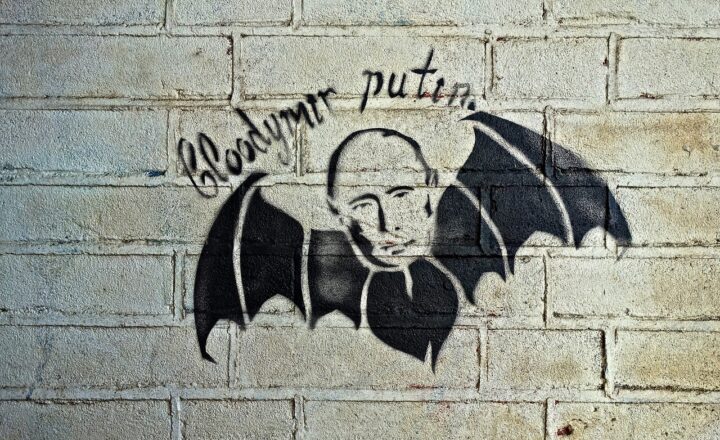Why Every 90s Kid Was Obsessed with Pokémon and the Trading Card Craze
November 12, 2024

The 1990s was a decade defined by cultural phenomena that shaped a generation. Among these iconic trends was the Pokémon craze, which captured the hearts and minds of children worldwide. From trading cards to video games and animated series, Pokémon became a cultural juggernaut that left an indelible mark on the 90s generation. In this article, we will take a deep dive into the reasons behind this obsession and how Pokémon continues to influence pop culture today.
1. The Birth of Pokémon: A Phenomenon Takes Shape
Pokémon was created by Satoshi Tajiri and Ken Sugimori in 1996 as a video game for Nintendo’s Game Boy. The concept originated from Tajiri’s childhood interest in collecting creatures and his passion for nature. The name Pokémon is a portmanteau of “Pocket” and “Monsters,” highlighting the idea of capturing and collecting fantastical creatures that inhabit a vibrant world.
The original game’s premise was simple yet captivating: players assume the role of Pokémon trainers, capturing creatures and battling against other trainers to become the Pokémon Master. This straightforward yet engaging gameplay would set the stage for an immense franchise.
2. The Trading Card Game: A New Way to Connect
The Pokémon Trading Card Game (TCG) was launched in 1996, introducing a whole new dimension to the Pokémon universe. It allowed players to collect and trade cards featuring their favorite Pokémon, adding an element of strategy and gameplay that appealed to kids and collectors alike.
Trading cards became a social currency among children. In schoolyards across the globe, kids would gather during recess to trade cards, share strategies, and battle each other in intense duels. The thrill of collecting, trading, and competing created a sense of community that was hard to resist.
The quest for rare cards often turned into a friendly rivalry. Cards like the holographic Charizard became legendary, driving kids to scour stores, attend tournaments, and shell out allowances for the chance to own a coveted collection. This urgency to trade and acquire cards generated excitement and deepened the connection to the Pokémon brand.
3. The Anime Series: Cartoons That Captured Our Hearts
In 1998, Pokémon made its television debut in the form of an anime series. Following the adventures of Ash Ketchum and his trusty Pikachu, the show showcased exciting battles, friendships, and the pursuit of becoming a Pokémon Master. The bold animation and memorable characters quickly captured the attention of young viewers.
The series not only entertained children but also reinforced the values of friendship, perseverance, and teamwork. As a result, kids felt a personal connection with Ash and his Pokémon, motivating them to work toward their own goals of collecting Pokémon and becoming trainers.
The popularity of the animated series expanded Pokémon’s reach and solidified its status as a staple of 90s culture.
4. The Impact of Marketing and Merchandising
Pokémon’s success can be attributed to exceptional marketing strategies and merchandising. The franchise didn’t just rely on video games and television; it was a multi-billion-dollar industry that offered toys, stickers, clothing, and more. By saturating the market with Pokémon-themed products, the brand made it impossible for young fans to avoid being swept up in the craze.
The partnership with McDonald’s and its Happy Meal promotions featuring Pokémon toys turned casual diners into passionate fans. Special promotional trading cards and limited-edition toys kept children coming back, eager to complete their collections.
5. The Nostalgia Factor: Why 90s Kids Still Love Pokémon
Today, the nostalgia surrounding Pokémon has led many 90s kids to embrace their childhood passions as adults. The impact of this nostalgic connection is evident in the rise of Pokémon conventions, retro gaming events, and the re-issue of classic products.
For many millennials, Pokémon serves as a bridge to their childhood, triggering fond memories of simplicity, friendship, and adventurous journeys in the Pokémon world. This enduring love has spawned a new generation of fans, as parents introduce their children to Pokémon, recapturing the joy of trading cards and video games together.
6. Conclusion: The Enduring Legacy of Pokémon
The Pokémon phenomenon of the 1990s was a unique cultural moment that brought together children in a collective experience of friendship, competition, and adventure. The blend of engaging gameplay, memorable characters, and smart marketing strategies created a legacy that still resonates today.
As we look at the continuing success of Pokémon through games like Pokémon GO and new animated series, it is evident that the fascination with these creatures is far from over. Every 90s kid who collected cards and watched the show shares a piece of history, making Pokémon not just a fad but a timeless treasure of childhood. As the Pokémon universe evolves, the bond it created among fans remains forever strong.








